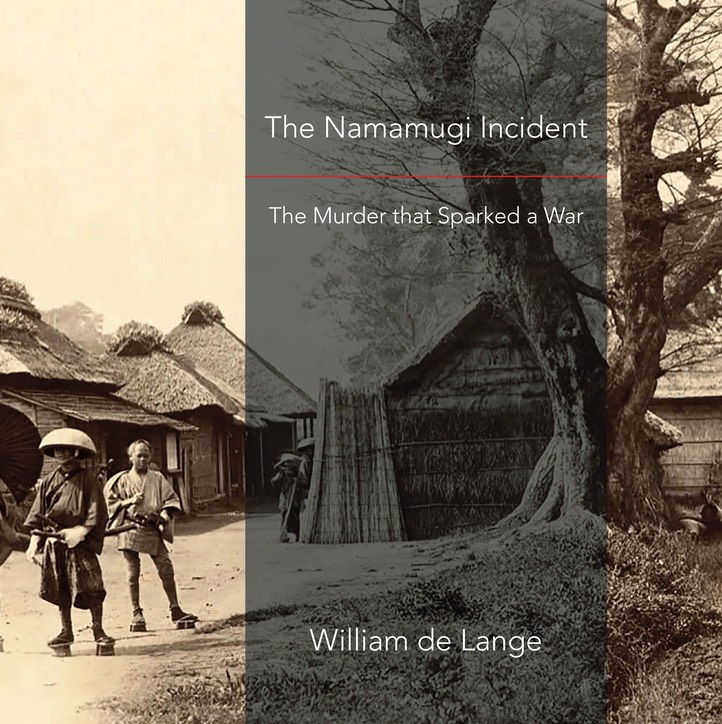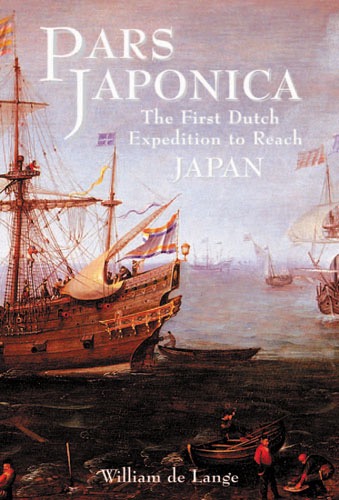The Namamugi Incident: The Murder that Sparked a War

On 14 September 1862, four Brits encountered the procession of the nobleman Shimazu Hisamitsu at a village called Namamugi along Japan's ancient Tōkaidō highroad. One of them, the Shanghai trader Charles Lenox Richardson, would not survive to tell the tale. Richardson's death eventually led to the Anglo-Satsuma War.
The Namamugi Incident, as it has come to be known in Japan and the West, seems to sum up perfectly the clash of cultures that attended Japan's involuntary opening up to the West. Even today, one and a half centuries after it happened, the incident holds a particular spell among the Japanese. Not a year goes by without some book, magazine, or television documentary delving into this particular episode from the closing days of Japan's feudal era. Japan's struggle to adjust to its new place in the world, its wounded sense of pride; the West's ill-conceived notions of the Orient, its imperialistic sense of superiority-all seemed to clash on that fateful sultry summer day when Charles Lenox Richardson came face to face with a Satsuma samurai named Narahara Kizaemon.
Up till now the reading of this pivotal incident in Japan's late-feudal history has been skewed either to a Western or a Japanese view of what took place, partly because of cultural and political reasons, partly because of linguistic barriers. This book is the first account in the English language to take into account all versions of what happened on that fateful day: that of the foreign settlers in Yokohama, that of the Japanese and British officials, and that of the Shimazu retainers. As a result, De Lange's careful reconstruction of events reads like a latter-day version of Akira Kurosawa's brilliant Rashomon: our view changes and our insight deepens with the telling of each party's story-except that, in this case, it all really happened.
190 pp, 8 x 8, Soft
96 b&w photos, maps, glossary, index
Japanese history
Published by TOYO PRess / ISBN: 978-9492722-270
Pars Japonica: The First Dutch Expedition to reach Japan

This is the harrowing account of arguably the most ill-fated expedition in the long maritime history of the Low Countries. At the end of the 16th century five heavily armed ships sailed from the port of Rotterdam under the command of men who had never set foot on a seagoing ship. Their plan was to sail through the treacherous Strait of Magellan and raid the western coast of Latin America as had the Englishmen Drake and Cavendish. Storms, disease, and general inexperience were to upset those ambitious plans in unexpected ways.
The terrible hardships suffered in the course of the subsequent two years became an almost biblical trial of the officers and crew—a trial the outcome of which seemed to scorn the ships’ talismanic names: Faith, Hope, Love, Fidelity, and The Gospel. Instead, treachery, betrayal, mutiny, and mayhem were the grim rewards of this fateful journey. Out of the five hundred men who sailed, only a hundred survived and only a handful of those were ever to return home.
One ship did pass the test, but not in the way its owners had foreseen. It was through the offices of an English pilot that the ship called Love reached the as yet largely unknown islands of Japan and that the outcome of an otherwise so disastrous expedition was miraculously reversed. The pilot’s name was William Adams, the near mythical yet real-life figure who became the hero of James Clavell’s best-selling novel Shogun.
288 pp , 6 x 9, Hard
17 illustrations, 21 maps and charts, notes, bibliography, index
Maritime exploration / Dutch and Japanese history
Published by FLoating World Editions / ISBN: 978-1-891640-23-0
